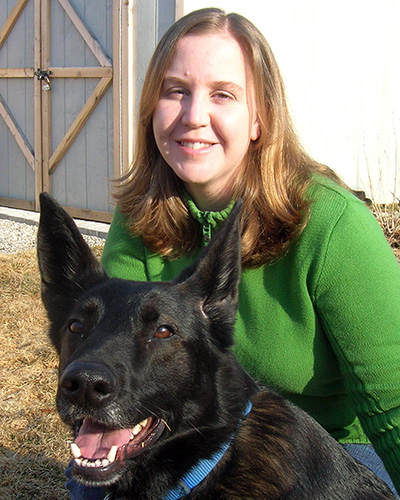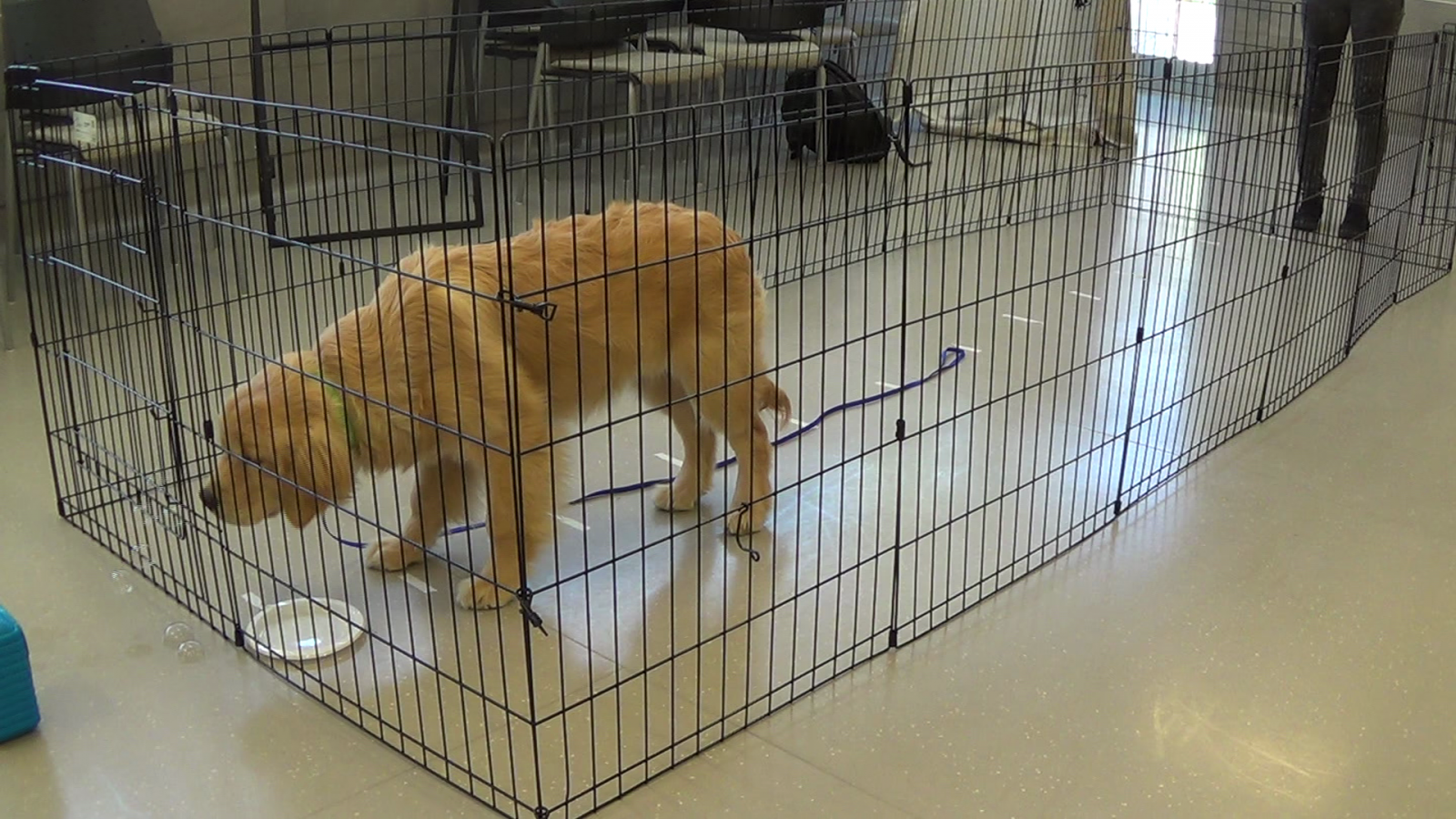Tips from an OVC Expert:
National Dog Bite Prevention Week (May 15-21, 2016)
Lee Niel is an Assistant Professor in Population Medicine at the Ontario Veterinary College and the Col KL Campbell Chair in Companion Animal Welfare at the University of Guelph.
Did You Know?
- In Canada, 32% of households own one or more dogs.
- According to the American Veterinary Medical Association, annual dog bite occurrences in the United States is approximately 4.5 million people. In Canada, this would correspond to 600,000 people being bitten each year.
- Animals are constantly responding to different stimuli in their environments, and generally when a dog bites there is a clear reason behind it. Reasons may include being fearful, anxious, threatened, or because the dog is in pain or protecting itself.

Photo: Niel with her dog, Dukie
Niel’s current research is focused on understanding why dogs become aggressive and what we can do to prevent it. She’s investigating what factors make a dog more likely to act aggressively towards strangers, or to show resource-guarding around valuable items like food and toys.
The best way to prevent dog bites is through responsible dog ownership.
Niel shared her list of top tips for owners to prevent dog bites and aggression.
1. Get social with your puppy
Puppies should be socialized and trained at a young age to prevent fear and aggression, and to improve behavioural control.
2. Familiarize yourself with dog behaviour
People should make sure that they are familiar with dog behaviour so that they can detect when a dog is potentially fearful or aggressive. They should also learn to respond appropriately to these signals. In most cases, backing off and giving the dog space is helpful for diffusing these situations. These lessons are particularly important for children, who are the most common dog bite victims.
3. Teach children how to interact with dogs & always supervise
Children have a tendency to be loud, fast, and unpredictable, and they are sometimes unintentionally rough with animals. To keep everyone safe, they should always be properly supervised around dogs to ensure they are interacting with them in appropriate ways.
4. Respect boundaries
It is important that people respect dogs’ personal space and boundaries. We expect polite behavior when other people are interacting with us, and dogs expect the same. This includes things like leaving them alone while they are eating and sleeping, not competing with them over food and toys, and interacting with them in non-threatening ways. For example, even though people like hugs, most dogs are not very comfortable with these types of interactions.

Hannah Flint is a PhD candidate in the Department of Population Medicine at the University of Guelph: “We are looking at how puppies react when introduced to novel objects in order to identify specific fear behaviours. We hope that with improved recognition of fear in puppies, dog owners will be able to more effectively socialize their puppies, which will help prevent fear and aggression issues as an adult. The puppy in the photo (below) is being introduced to a toy car, and a bubble machine. This puppy is pretty confident and willing to approach the objects, but you can tell she is slightly unsure by her lowered tail, and posture.”

Learn more on the B4 U Get A Pet Blog.
Lee Niel is an OVC Pet Trust funded researcher.

